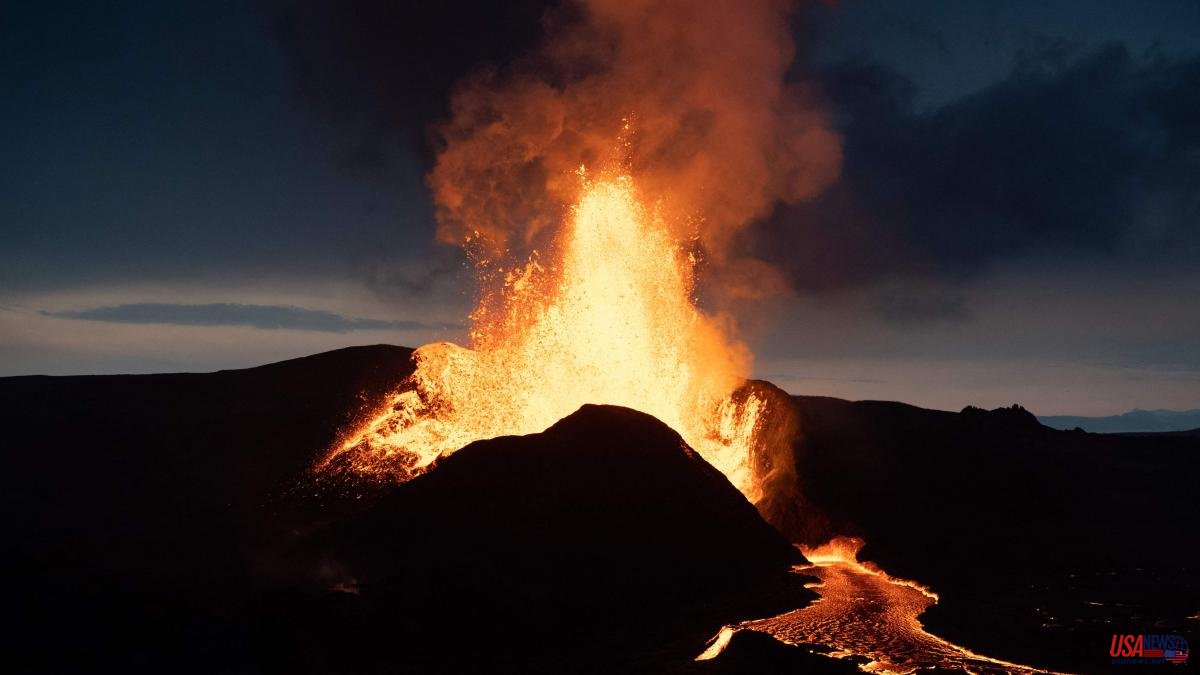Months later but in the same place, Iceland revives this Wednesday the eruption of the Fagradalsfjall volcano, about forty kilometers west of Reykjavík, the capital, and not far from Keflavik airport, the country's main air hub.
Scientists at the country's Meteorological Office had predicted an eruption somewhere on the peninsula after a series of earthquakes last week indicated volcanic activity near the earth's crust.
A helicopter with a team of experts has been sent to the area to study the situation, while the authorities have asked citizens to avoid approaching. At the moment, the airport remains open and flights have not been interrupted.
The volcano is located on the Reykjanes peninsula, where another similar episode lasting about six months occurred in February 2021, the first there in almost 800 years. On that occasion, no significant damage was caused and the phenomenon became a tourist attraction.
For now, the eruption is of low intensity and the magma columns probably do not exceed fifty meters in height, as confirmed by the RÙV public television cameras.
The Department of Civil Protection and Emergency Management has stated that at the moment there are no lives or infrastructure in danger.
Satellite data indicates that this time "the magma flow is double that observed in the 2021 episode," explains Hjorleifsson of the Bureau of Meteorology. This translates to "the size of the eruption is unclear at this time."
Iceland, which has 30 volcanic systems and more than 600 hot springs, is one of the most geologically active places on the planet, due to its position on the Mid-Atlantic Ridge, where the North American and Eurasian tectonic plates meet.













